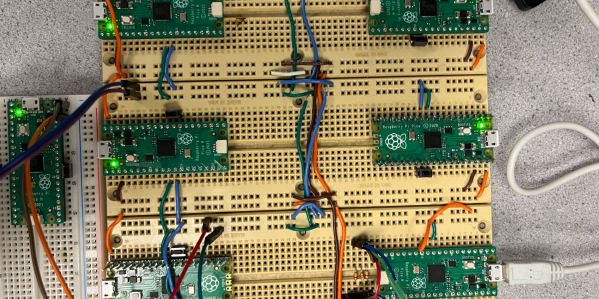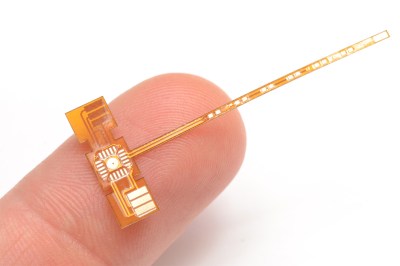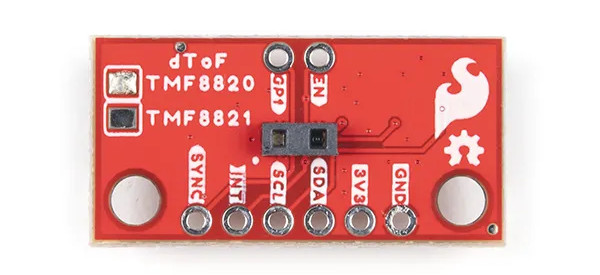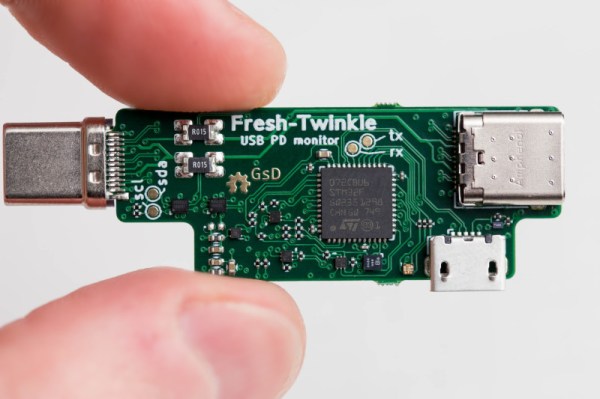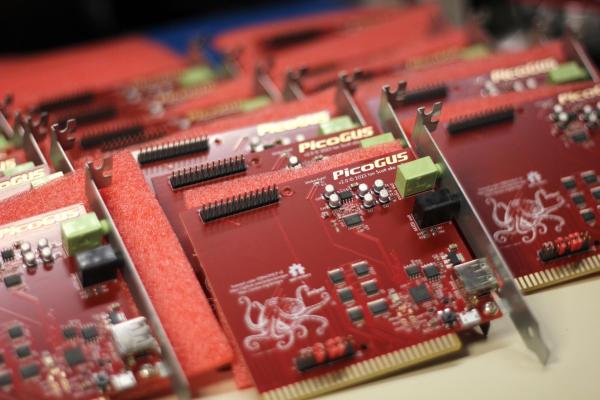When faced with an FPGA, some people might use it to visualize the Mandelbrot set. Others might use it to make CPUs. But what happens if you combine the two? [Michael Kohn] shows us what happens with his RISC-V CPU with an instruction specially made for computing the Mandelbrot set.
[Michael] takes us through the unusual process of turning his 8008 into a RISC-V CPU. Re-using bits of logic here and replacing other logic there leaves him with a functional RISC-V core. Not finished, [Michael] takes it upon himself to also create a custom instruction just for computing a point for the Mandelbrot set, accelerating the demo from twenty-three seconds to merely one!
Still not finished, [Michael] also creates an implementation of the long gone F100-L CPU, once again with added Mandelbrot set flair, simultaneously with the RISC-V project. Finally, he ports his “Java Grinder” Java bytecode compiler to both RISC-V and the F100-L, because Java runs on 1 Billion devicesTM.
Continue reading “Compute The Mandelbrot Set With A Custom RISC-V CPU”


